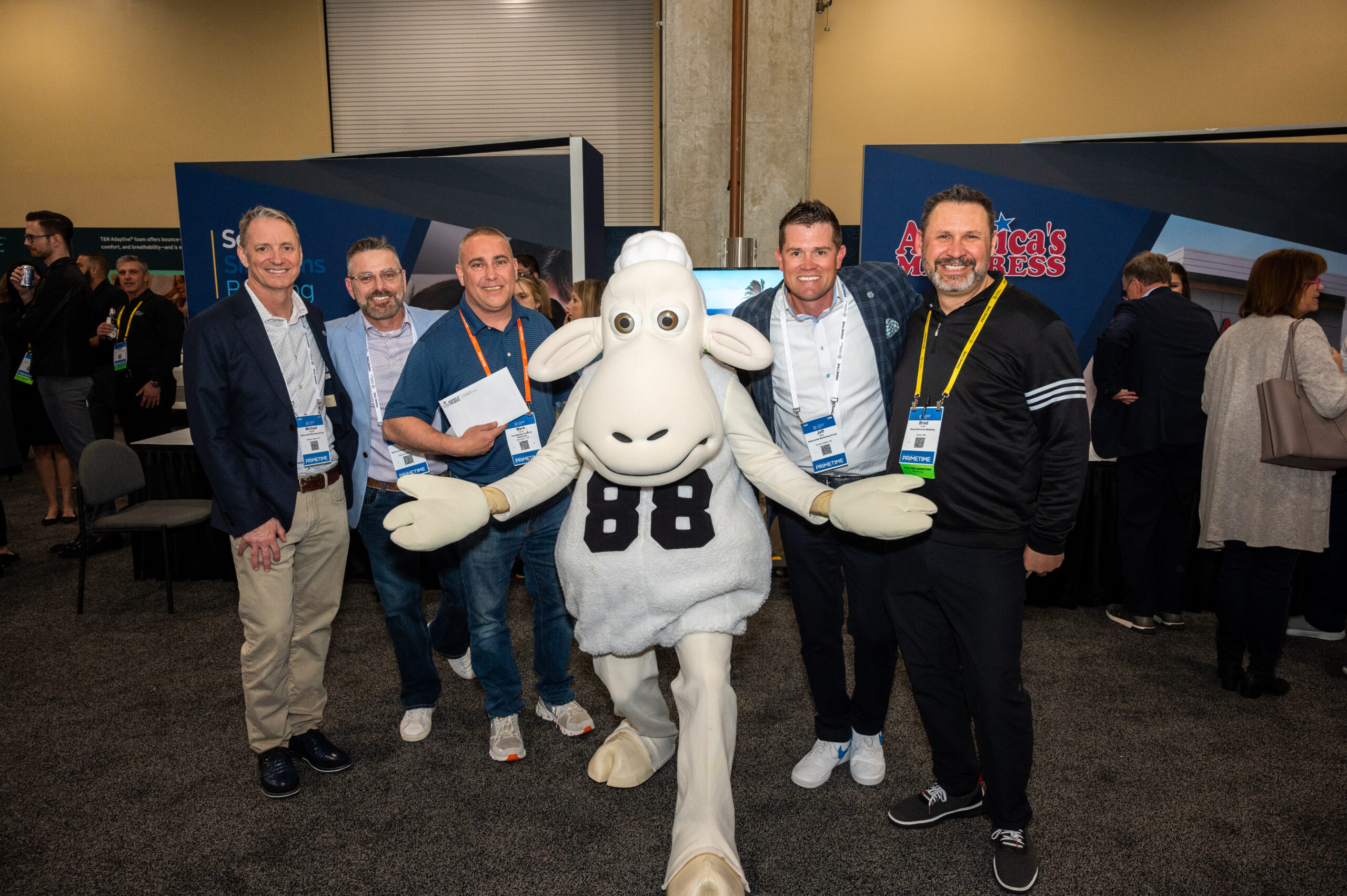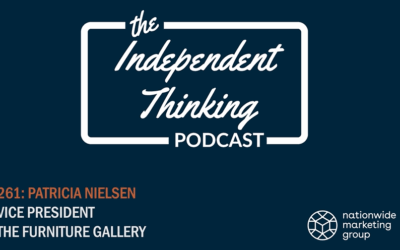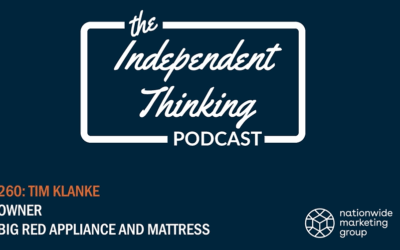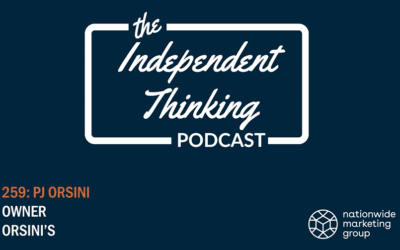Are you a dog person or a cat person?
It’s an innocent, yet potentially polarizing question that can tell you quite a lot about a person and even create an instant connection if you happen to share the same affinity. Sixty-six percent of U.S. households own at least one pet — with dogs being the most popular, followed by cats. Yet, you may find non-pet owners hold a strong opinion as well.
In general, domestic — and wild — animals possess a certain superpower that sparks us humans to feel something. Whether we personally care for an animal, encounter one in our everyday lives, see one in a photo or watch one on a screen, it’s often difficult to not express some sort of emotional reaction. Therapist Dr. Jason Linder believes that there are three distinct reasons why people love animals, specifically their own pets.
- Pets fill core human emotional needs
- “Pets are pure” with no ulterior motives
- Pets can connect with us nonverbally
ANIMALS IN ADVERTISING
About a decade ago, well-known American audience measurement firm Nielsen partnered with the Ad Council to help a nonprofit, The Shelter Pet Project, create a more compelling advertisement featuring a dog. To do this, they studied the nonprofit’s existing — and already successful — ad using consumer neuroscience to capture and analyze people’s brain responses while watching each scene, second-by-second. The results supported existing facial processing research by confirming that viewers’ level of emotional engagement increases when faces are shown on screen — even animal faces. In fact, when the dog in The Shelter Pet Project was not in the scene, emotional engagement and overall attention fell.
It’s no surprise, then, that so many college football teams use live mascots. According to Michael Lewis, marketing professor at Emory University in Atlanta, because humans love animals, “they’re so much more compelling than a guy in a suit. The live animal mascots have some real advantages. I think of them as like a focal point for the fan community to get behind.”
Speaking of sports, your mind might already be wandering to Super Bowl commercials. Those famous Clydesdales. Countless cats and dogs. Pigs. Squirrels. You name it and it’s probably been in a Super Bowl ad. Some of the biggest brands — or brands with the biggest ad budgets — continue betting on animals to capture the attention of millions during the big game because it’s a safe bet when done intentionally. That is, when both the animal and its story align with the brand’s personality and overall strategy in a way that creates memorability and differentiation.
Of course, it’s not uncommon to spot animals in everyday, evergreen ads, too. From national brands to local businesses, the use of animals in ads is everywhere — online, on TV and in our social media feeds.
The famous Serta Counting Sheep were first introduced in 2000 and have since reached iconic mascot status as a group — or, in this case, a flock. The sheep are so beloved that, after nearly a decade hiatus, they were brought back in 2023 to help relaunch the brand’s redesigned Serta Perfect Sleeper.
LEARN MORE about the power of nostalgia in marketing.
SHOULD YOUR INDEPENDENT RETAIL BUSINESS HAVE A MASCOT OR ADVERTISE WITH ANIMALS?
Just because studies and statistics show that animal mascots and animals in ads can be memorable and elicit an emotional response from consumers doesn’t mean it is the best course of action for every business and brand. Authenticity is crucial as gimmicks without clear brand alignment tend to have a very short-term effect.
In fact, in the case of The Shelter Pet Project, Nielsen and the Ad Council found that including the dog at the end of the ad, alongside the logo and call-to-action, created confusion with viewers who felt too emotionally charged to fully engage with the marketing message. It all came down to finding the right balance of producing feelings and actions.
And another extensive study found that, while “animal stimuli” in advertisements can be used to create positive brand sentiment, it is more effective in closing a sale in the later stages of the shopper journey. Consistent and meaningful messaging with the “animal stimuli” is the key to building a bond with consumers that will eventually lead to a purchase — and greater brand loyalty.
Before you try to turn your dog into the next Duke from Bush’s Beans, ask yourself the following questions.
- Do you own a pet? Does it make sense for your pet to be incorporated into your brand storytelling or core values in a meaningful way?
- If not a pet, is there an animal that aligns well with your business — whether symbolically, culturally or with your brand story?
- Would a live animal or digitally created character fit better with your business personality, key messaging and available resources?
- Is it necessary? Would adding an animal — live or digital — to your long-term marketing and advertising campaigns feel natural or forced?
KEY TAKEAWAYS
- Using animals in advertising can spark an emotional response from your customers. However, the true impact on sales is more of a long-term strategy.
- An animal should feel like an intentional extension of your brand voice and values, not an afterthought. Authenticity will always be more powerful than a quick schtick — even with a lovable animal.




